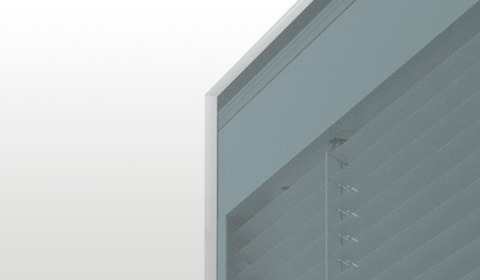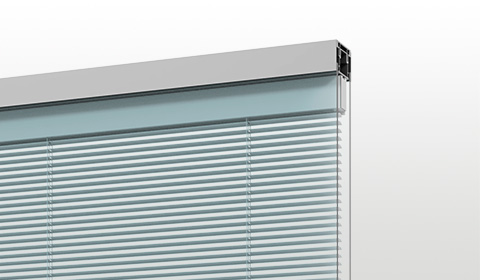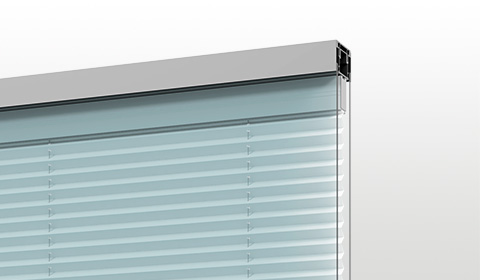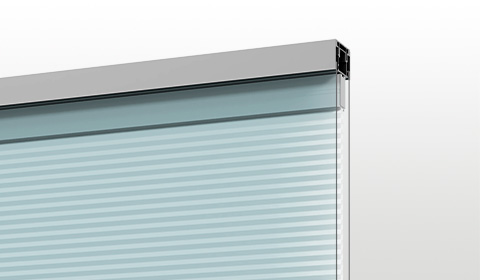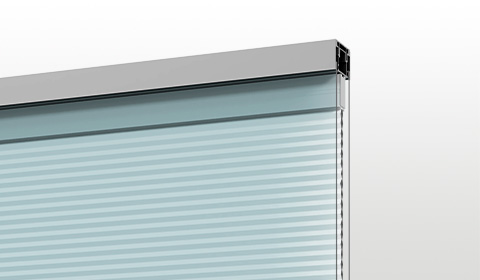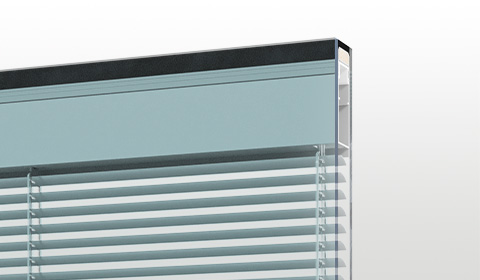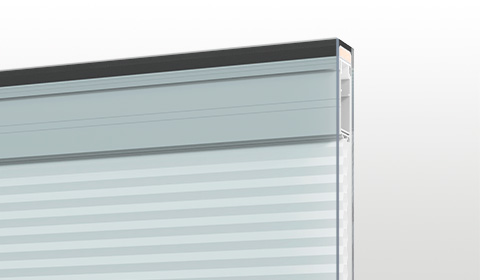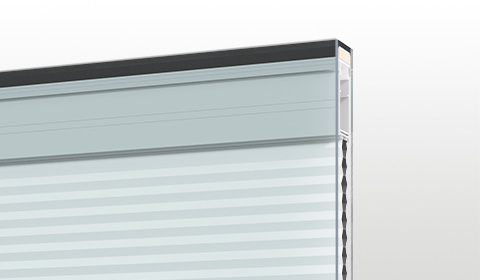Sustainable buildings, designed to be eco-friendly, are a concept already familiar to most people. During the last decades, many architects, engineers and developers have concentrated their work on reducing the environmental impact of buildings and making them more energy efficient.
This is because people feel it is increasingly urgent to tackle crucial environmental and social issues such as climate change and environmental justice.
To respond to these issues, many politicians and large companies have committed to key targets and objectives to be reached before 2030.
The UN is now referring to the next ten years as the “Decade of Action” as it will be essential to reach these targets and transform the world in this period.
A fascinating 30 min documentary called “The Decade of Action” highlights precisely how crucial the next few years are going to be.
Several reports show that a large proportion of global emissions (almost 40%) is represented by building emissions.
Let’s take a look at how regenerative building design can help with this issue.
The difference between green, sustainable and regenerative buildings
To better understand this issue, it’s helpful to highlight the differences between green, sustainable and regenerative buildings, as this will offer a clearer view of the environmentally responsible construction sector.
A green building needs to meet technical requirements that reduce its environmental impact compared to conventional buildings, which still use obsolete environmental standards from the 1950s.
A sustainable building should not have a significant environmental impact, or at least it should mitigate its emissions so that it’s easy for the environment to re-absorb them.
If all the buildings in the world were sustainable, the current environmental situation wouldn’t get any worse, but, on the other hand, it wouldn’t solve the problem either.
How can we address the massive problem we are all facing?
The buildings of the future should be based on regenerative design ideas, meaning that they should also be able to address the issues caused by the construction sector over the last decades to help the ecosystem regenerate itself.
GBC Italia, the Italian Green Building Council, wrote a manifesto to explain this. The manifesto highlighted the important role of the construction industry, listed the main objectives of creating global change and the actions needed to improve the sector and make it capable of designing and building fully sustainable buildings.
Buildings and global emissions
Every year the UN discloses the progress the world has made towards the 17 SDG “Sustainable Development Goals”.
Another interesting read is The Sustainable Development Goals Report 2020.
We have already mentioned how buildings produce almost 40% of the annual global emissions, which was also reported by Architecture 2030
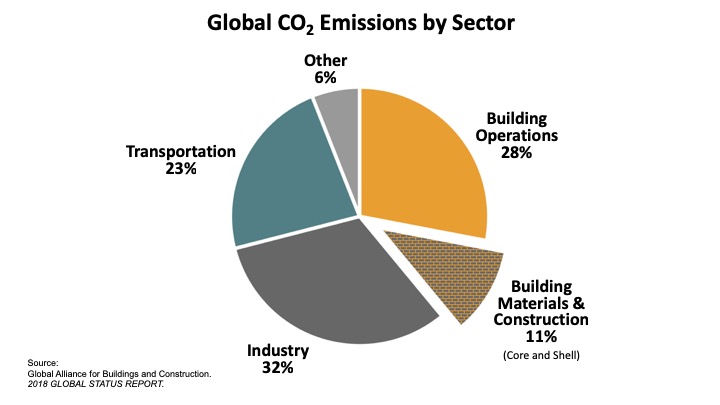
To meet climate objectives set out during the Paris Agreement, it will be necessary to eliminate all the gas responsible for the greenhouse effect by 2040.
However, when looking at the infographic below, designed by the UNEP and by the Global Alliance for Buildings and Construction, we can see how the construction industry is acting very slowly and risks missing the targets set for 2040.
At 10Gt of C02, the construction industry’s emissions are currently the highest in history, and buildings alone represent 35% of global energy consumption.
That’s why architects, developers, engineers and environmentalists keep researching new ways of improving building sustainability, like the development of buildings based on regenerative architectural design.
Regenerative design: the future of architecture
Regenerative design ideas intend to be increasingly more sustainable and want to repair the already damaged natural and human ecosystems.
The International Living Future Institute is one of the organizational leaders promoting regenerative design ideas and pushing for the Living Building Challenge, the highest possible green building standard.
The living building challenge consists of seven categories with different standards that need to be met:
- Place
- Water
- Energy
- Health and Happiness
- Materials
- Equity
- Beauty
An example of a building embracing regenerative design idea is the Georgia Tech Kendeda Building, which obtained the Living Building Challenge certification.
This building gives back to the environment much more than it takes, as well as focusing on the wellbeing of its occupants, for a total construction cost of $18.6million.
Regenerative design wants to reconnect humans with their environment by renovating ecological and social systems.
Compared to a traditional system, a regenerative approach encourages feedback at every stage of each process to offer flexible and dynamic data.
Management approaches are process focused and can be adjusted depending on different decisions like energy or materials.
As well as the impact on nature, these processes also need to provide benefits at a social level, to increase the community’s wellbeing.
People and the planet are the main focus of the regenerative design approach.
A complete endorsement of regenerative design hasn’t been achieved yet. However, an exciting example for it could be the concept behind the Bosco Verticale© in Milan, which uses hundreds of varieties of trees and plants.
This is essentially a project related to urban forestation, which helps regenerate the environment and improves urban biodiversity.
“Different types of plants produce humidity, absorb CO2 and pollution, produce oxygen and protect from noise pollution, significantly improving living comforts while also saving energy” – Infobuildenergia.it
Regenerative design: 6 opportunities for designers
Colin Rohlfing, director of sustainable development at the HDR, Human Development Report, suggests that regenerative design could offer designers six great opportunities.
- Generate new solutions that will benefit the ecosystem, people’s health and society as a whole
- Adopt these concepts for all types of projects, including existing buildings of all kinds of dimensions
- Take decisions based on solid and incontrovertible data
- Develop projects that will evolve and renew themselves constantly
- Incorporate and use current paradigms and knowledge such as carbon emission, the origin of materials and social equity
- Constantly involve the community
Regenerative buildings are like a closed system. They can gather and use resources independently and then use them (and re-use them) as they need, in a self-sufficient way, including the elimination of waste.
Conclusions
To conclude, to make buildings not just ‘green’ or more sustainable but make them fully regenerative would reduce carbon emissions, help people’s wellbeing, and support a thriving environmental economy.




